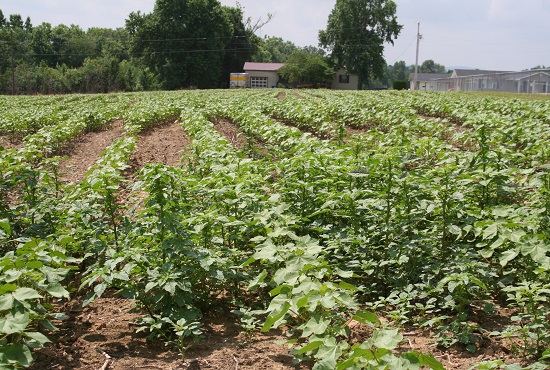Bangladeshi Spinners In Trouble
This is a critical moment for Bangladeshi spinners because of high priced cotton in the market and new policies in India. Knit yarn producers in our country who consume Uzbek, Turkmen, and Indian Shankar-6 cotton have specifically fallen into big trouble. Turkish and Indian cotton is almost sold already, while Uzbek cotton merchants are not following the New York futures properly. Just to survive, our knit yarn producers are looking for another origin of cotton now.
Spinners who produce yarn for our local market always search everywhere to get the cheapest possible price, but this task is really a nightmare now that India has banned its import duties. They have begun to aggressively import cotton – specifically African grown cotton. This year India started importing African cotton and, consequently, prices have risen so it is difficult for Bangladeshi spinners to survive in the market. That is an important reason the international market has gone up. The physical market is not following NY futures for strong demand. Nonetheless, India’s shift in policy regarding cotton imports is having strong consequences on Bangladeshi spinners.
Now Bangladeshi spinners must import cotton at a high price, while their main competitors, Indian spinners, import cotton and then blend it with their own cotton. This is why their yarn price is lower than that of Bangladeshi yarn. In this scope, Indian yarn is entering into Bangladesh and occupying the Bangladeshi market.
Our spinners have very good communication with Indian traders/ginners. Indian cotton occupied a large portion of our cotton market but now they have not only stopped dealing with us, but are also importing other growths. Even we don’t see any hope with the new crop of Indian cotton especially from Gujrat (for knit yarn) because their production is not satisfactory this year. They have been affected by less rain, and their production overall is expected to be down.
Bangladeshi spinners (knit yarn producers) are beginning to consider cotton from Zimbabwe and Zambia more often because those countries offer less contamination and good micronare (4.0-4.9 ncl) that is comparable to Uzbekistan’s cotton. The spinners’ first choice has traditionally been Uzbek cotton but some large garment importers imposed restrictions on Uzbek growth because of reports of heavy child labor in that country’s cotton fields. No other African cotton is consumed for knit yarn production because of issues such as contamination and low mic.
U.S. subsidies on cotton production and on freight could be a way to solve the problem for Bangladeshi spinners. The American government should take any policy to keep their cotton price competitive. That might be very helpful for our spinners. And if African ginners, especially those from Burkina Faso, Mali and the Ivory Coast can take very special care to remove contamination from their cotton, Bangladeshi spinners can find a way to survive in the international garment export market. I believe the government of Bangladesh also should ban the import of Indian yarn into our country, but globalization is just cutting our throat, so to speak.
Caption (photo):
Benzir Ahmed








